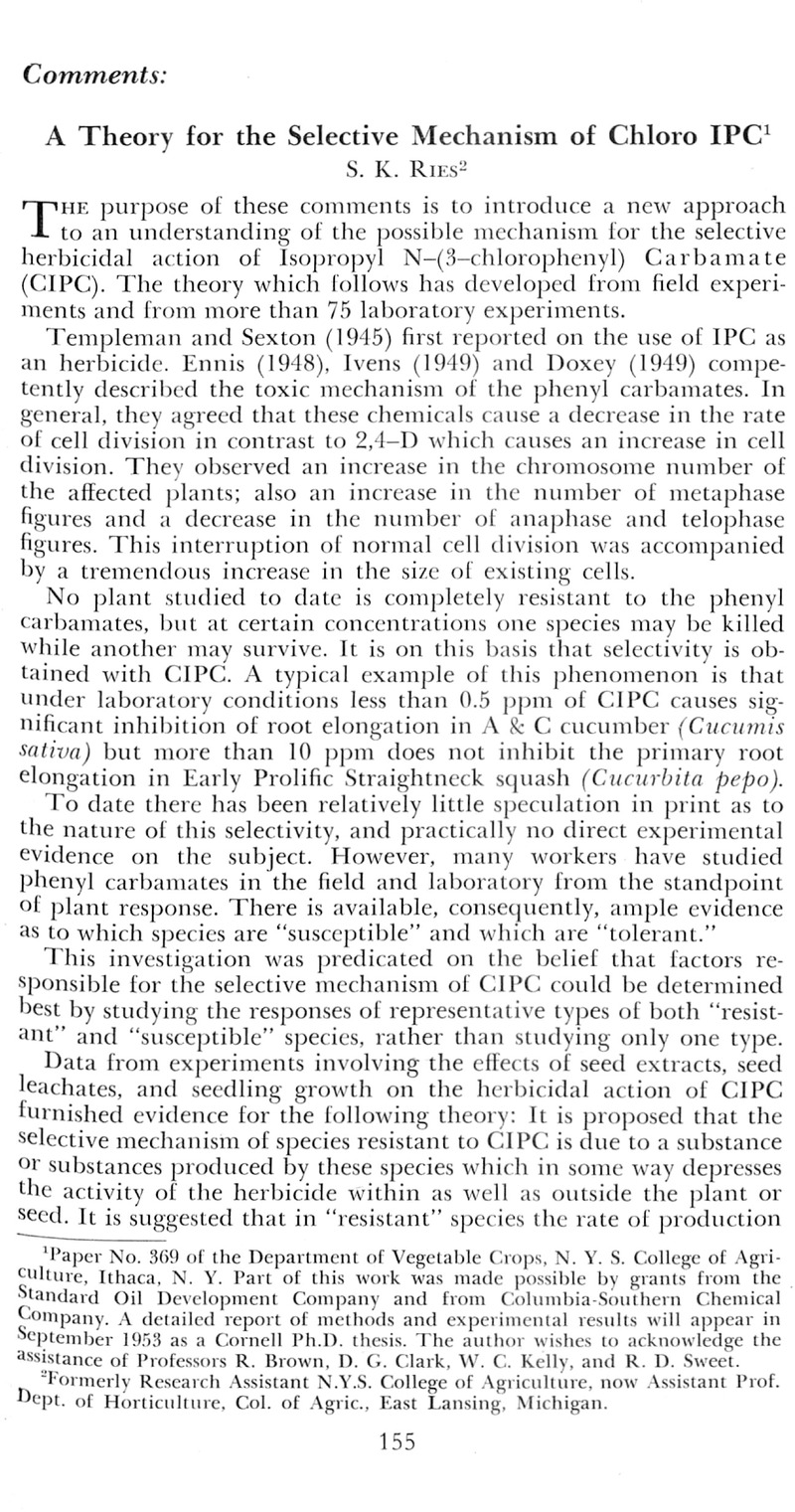Crossref Citations
This article has been cited by the following publications. This list is generated based on data provided by Crossref.
ROBERTS, H. A.
and
WILSON, B. J.
1962.
NOTE ON THE BIOASSAY OF CHLORPROPHAM IN SOIL.
Weed Research,
Vol. 2,
Issue. 1,
p.
60.
GARD, L.N.
and
FERGUSON, C.E.
1964.
Herbicides.
p.
139.
ROBERTS, H. A.
1965.
COMPARATIVE TOLERANCE OF SOME DICOTYLEDONS TO CHLORPROPHAM.
Weed Research,
Vol. 5,
Issue. 1,
p.
61.
Prendeville, G. N.
Eshel, Y.
James, C. S.
Warren, G. F.
and
Schreiber, M. M.
1968.
Movement and Metabolism of CIPC in Resistant and Susceptible Species.
Weed Science,
Vol. 16,
Issue. 4,
p.
432.





